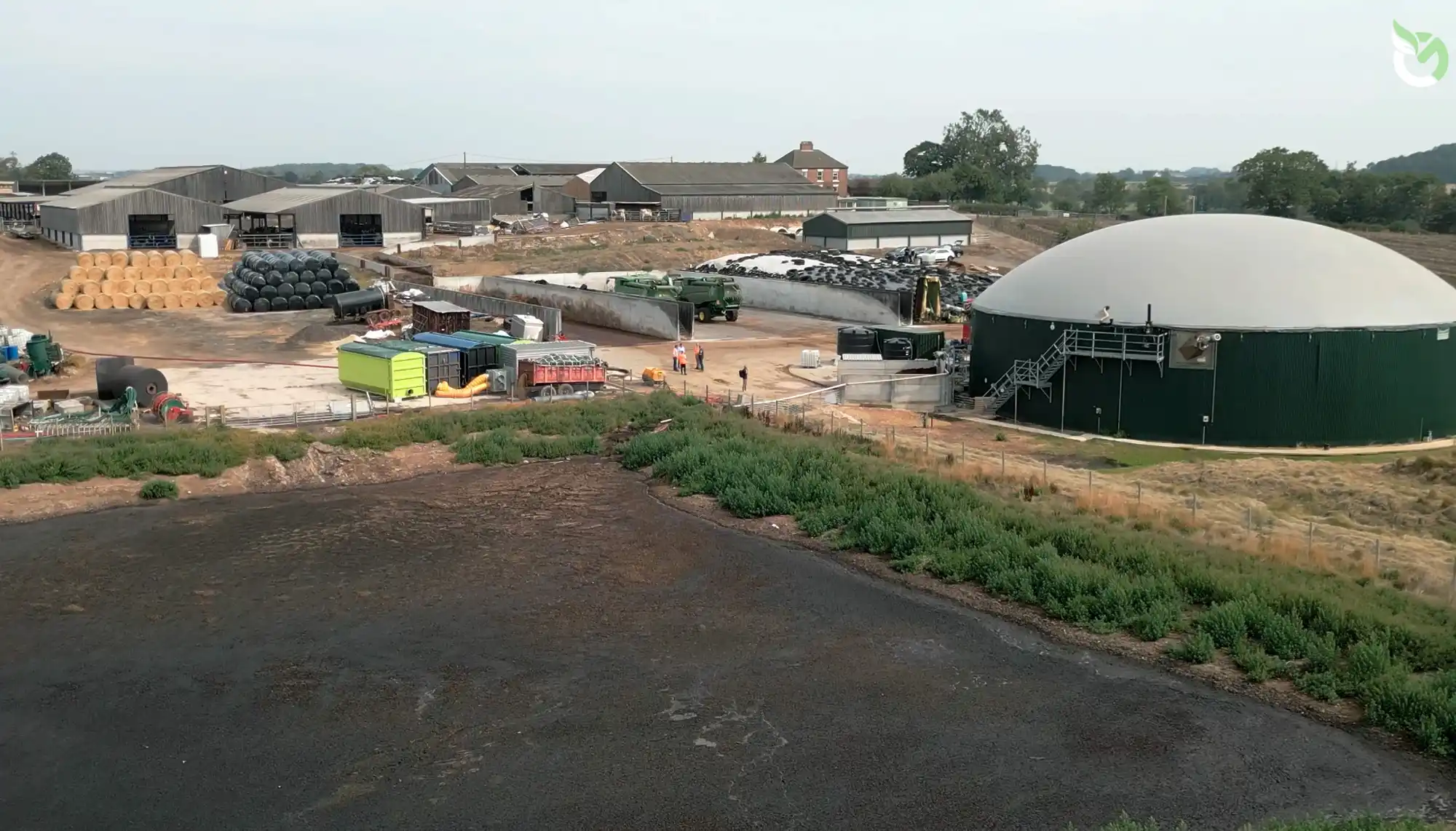Carbon avoidance, carbon removal and CCUS explained
Reaching Net Zero will take a number of approaches to reducing CO2 in the atmosphere. Here we explain what they mean.

Project successes
Michael Tye, Senior Carbon Consultant at Onnu
Why is reducing carbon important?
There are over 36 billion tons of CO2 pumped into the atmosphere every year. These emissions (plus other greenhouse gases) all contribute to the greenhouse effect, which warms our planet and intensifies climate change.
Scientists across the world have worked out exactly how much carbon dioxide we can emit globally before we will surpass the 1.5 degree target. Climate mitigation measures like carbon avoidance, carbon capture and carbon removal are essential to keeping within this carbon budget.
Carbon avoidance, carbon removal and CCUS. What’s the difference?
Carbon avoidance
Carbon avoidance measures consist of reducing the amount of carbon dioxide and other greenhouse gases we emit into the atmosphere. Examples of carbon avoidance measures include:
- Using renewable energy instead of burning fossil fuels
- Increasing efficiency to reduce fuel consumption
- Capturing waste methane from industrial processes
- Preventing the destruction of carbon sinks such as forests
Many companies and individuals use carbon offsetting to fund carbon avoidance technologies like renewable energy implementation, or energy efficient cookstove projects.
Carbon removal
Carbon dioxide removal (CDR) techniques consist of removing CO2 directly from the atmosphere and locking it away, so that it can no longer contribute to the greenhouse effect. CDR strategies can be split into nature based carbon removals (NbCDR) and engineered carbon removals.
Nature based carbon removals seek to use ‘natural climate solutions’ to remove carbon dioxide from the atmosphere. These techniques including enhancing natural processes already existing, or restoring damaged ecosystems. Examples include:
- Regrowing forestry and other vegetation
- Restoring coastal wetlands
- Restorative agriculture
Technological carbon removal is an innovative form of geoengineering that uses new technology to remove carbon dioxide from the atmosphere. These technologies are generally quite new and are therefore costly, however new breakthroughs are being made all the time that can cut implementation and operation costs. Examples of technological carbon removal are:
- Direct Air Capture (DAC)
- Bioenergy with Carbon Capture and Storage (BECCS)
- Pyrogenic Carbon Capture and Storage (PyCCS) - including Pyrolysis
- Enhanced mineral weathering
- Underground geologic storage in oil/gas fields, saline aquifers and coal seams.
- Ocean storage in 'density lakes'
Carbon Capture, Utilisation and Storage (CCUS)
Carbon capture and storage and carbon removals are not the same thing, although they are commonly confused. CCUS is made up of Carbon Capture and Utilisation (CCU) and Carbon Capture and Storage (CCS), and refers to a process which captures carbon dioxide that will otherwise be released into the atmosphere.
From the above definition, we can see that not all carbon capture technology is carbon removal. If the carbon dioxide captured comes from burning fossil fuels, it is not carbon removal.

In conclusion
To stay under the 1.5°C goal, a multifaceted approach must be used. While there has been a growing interest in carbon removals as a carbon reduction technique, technological carbon removal is still very expensive, whilst nature based carbon removals take a long time to implement and sequester carbon.
If the carbon dioxide is captured directly from the atmosphere or from biomass and stored for over 100 years, it can be classified as carbon removal.
Avoiding carbon emissions will be essential to the success of the 1.5°C goal set in Paris, and a cohesive emissions reduction strategy will be vital to the health of the planet. But while carbon avoidance is the larger part of the change, it is understood that emissions will not disappear entirely, so to reach net zero, carbon removal technologies are needed at scale.
Investing in both avoidance and removal technologies gives us the best chance of staying within the carbon budget. For now, carbon avoidance is the cheaper and easier way to reduce atmospheric carbon, but carbon removal will increasingly become more prevalent as costs drop and technology develops.



